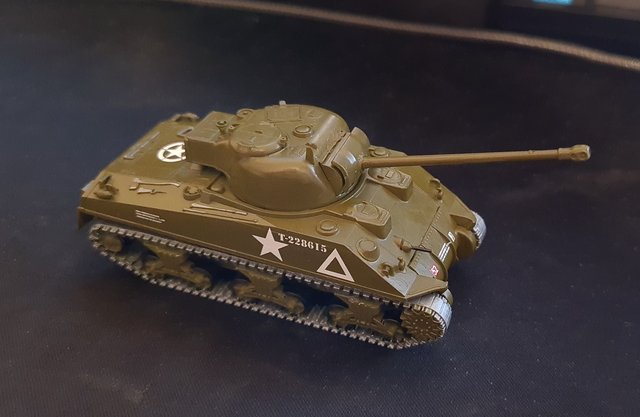My Dad got me an Airfix battleship for my birthday years ago and I've always been too afraid of doing a bad job to actually get round to having a go building it. I can't remember what model kit it is but when I dig it out of storage I'll update. I've decided that I will start building some kits for practice before having a go and I've decided that I will get a couple of the starter sets first then hopefully build up skills - I am especially nervous about doing a good job painting the model.
I appreciate that there are a myriad of model kit resources and videos available but I'm looking for more anecdotal tips and tricks from our members about how I can go from someone who hasn't built an airfix kit in 18 years and wasn't very good back then to being able to do a decent job at it.
Please can you let me know what's worked for you, what tools I should pick up (I have a craft knife and that's about it) and anything I should do/read/watch to get going?
I appreciate that there are a myriad of model kit resources and videos available but I'm looking for more anecdotal tips and tricks from our members about how I can go from someone who hasn't built an airfix kit in 18 years and wasn't very good back then to being able to do a decent job at it.
Please can you let me know what's worked for you, what tools I should pick up (I have a craft knife and that's about it) and anything I should do/read/watch to get going?


